Guide to Stable Diffusion strength parameter
What is the Stable Diffusion strength parameter, and how to use it
In the Image to Image mode of Stable Diffusion, the strength parameter plays a crucial role. It determines the level of noise that is added to the initial image while generating a new one. By adjusting this parameter, you can achieve better consistency with the original image and accomplish your creative objectives. It gives you the flexibility to make small alterations or lets you entirely transform the image.
Working with the strength parameter is really straightforward, you only need to remember how the extremes work:
setting strength close to 0 will produce an image nearly identical to the original,
setting strength to 1 will produce an image that greatly differs from the original.
It has been simplified in Essential AI Generator and renamed to: Similarity to the image. High similarity represents a strength value close to 0; Low similarity is the other end of the scale.
For optimal results - combining elements from the original image with the concepts outlined in the prompt, it is best to aim for values between 0.4 and 0.6. Just so you know, the basic Image-to-Image mode does not retain any structure of the source image. To preserve specific features like depth, edges, poses, or facial expressions, we suggest using ControlNet.
Let's take a look at some examples and comparisons. In the first example, we will use a portrait photo of a woman and apply a prompt that should change her into a robot: 'a cyborg robot lights, scars, refractions, posing, ultradetailed, HD, 8K, highlights, good lighting, the most amazing effect, sci-fi,((art by carne griffiths and sean yoro))'
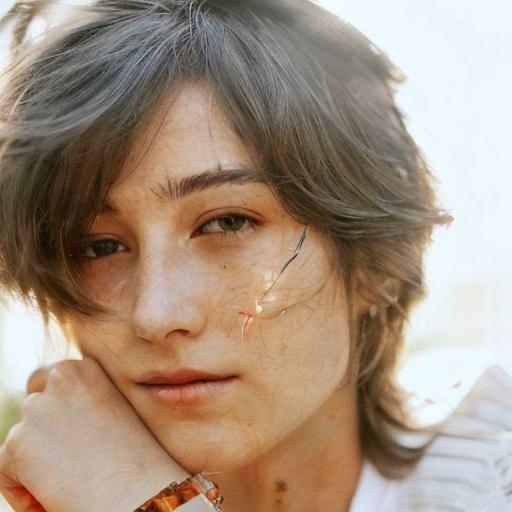 0.1
0.1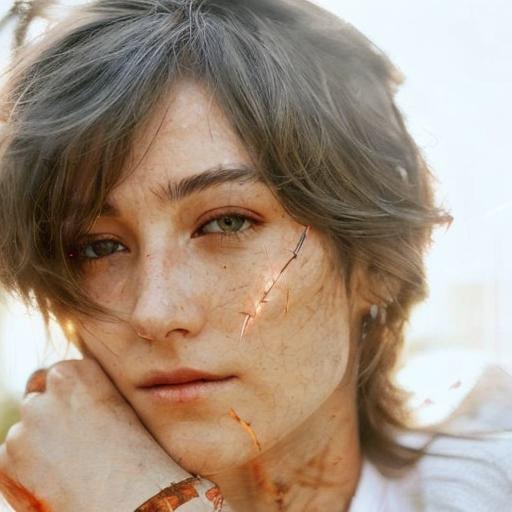 0.2
0.2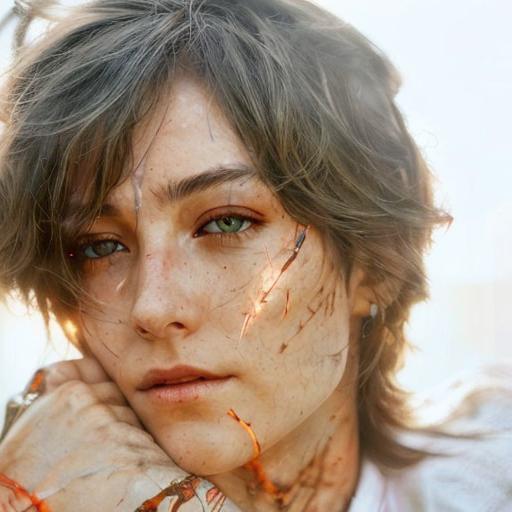 0.3
0.3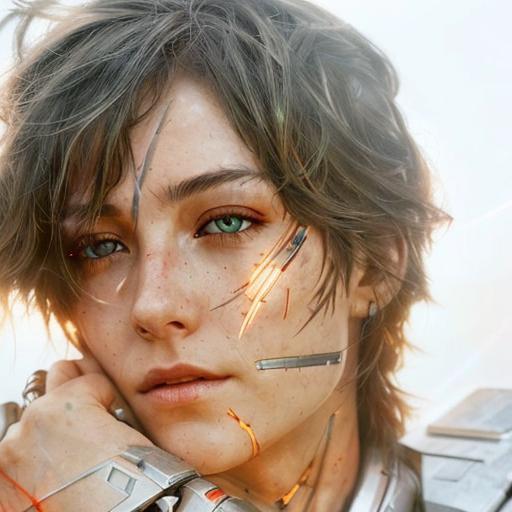 0.4
0.4Note that for small strength values between 0.1-0.4, the facial features are well preserved, and our generation results only in subtle modifications,
 0.5
0.5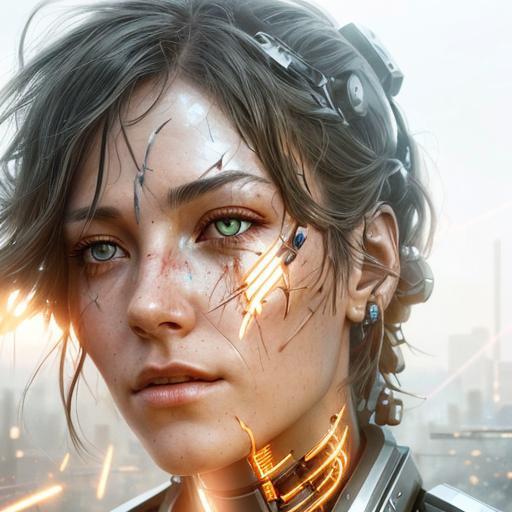 0.6
0.6 0.7
0.7 0.8
0.8but the higher the strength, the more noise is added during the generation, and the result produced is less and less semantically consistent with the image input.
In the next example, we will use a generated image as an input. Starting with a prompt: 'analog style, valley of the death, raphael lacoste, eddie mendoza, alex ross, concept art, matte painting, highly detailed, rule of thirds, dynamic lighting, cinematic, detailed, denoised, centered' and just adding words 'water and trees' during the generation in the Image to Image mode.
 Original image
Original image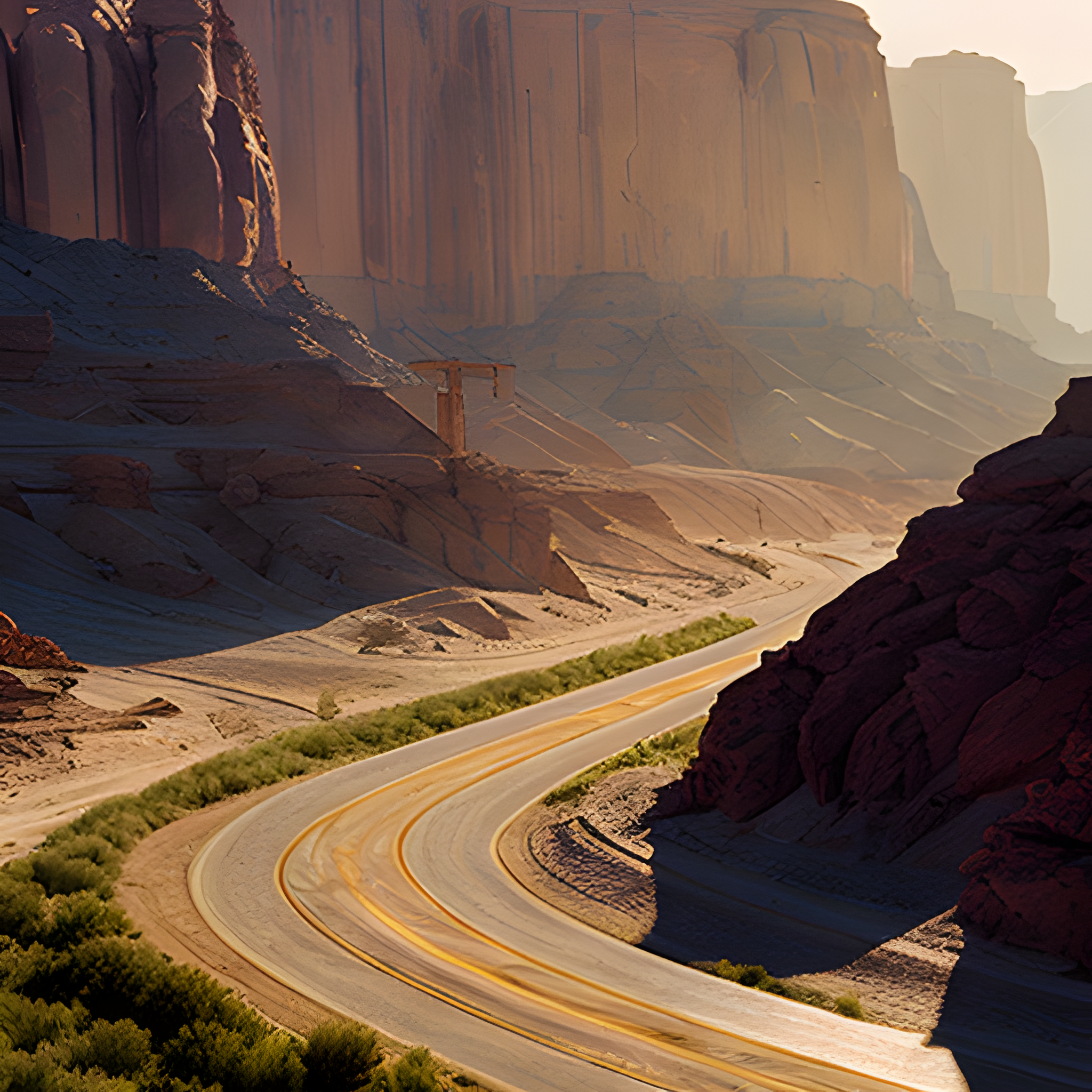 0.04
0.04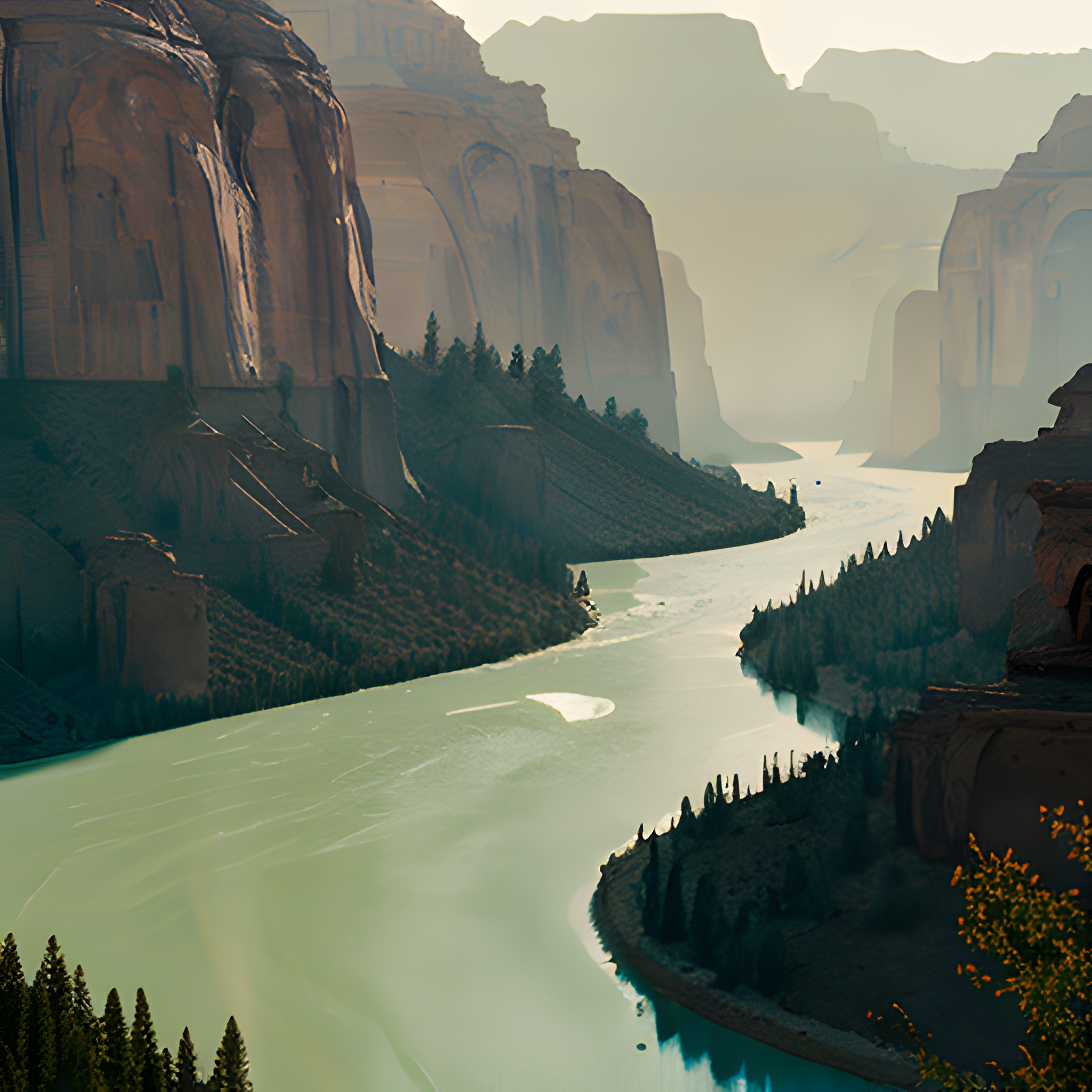 1
1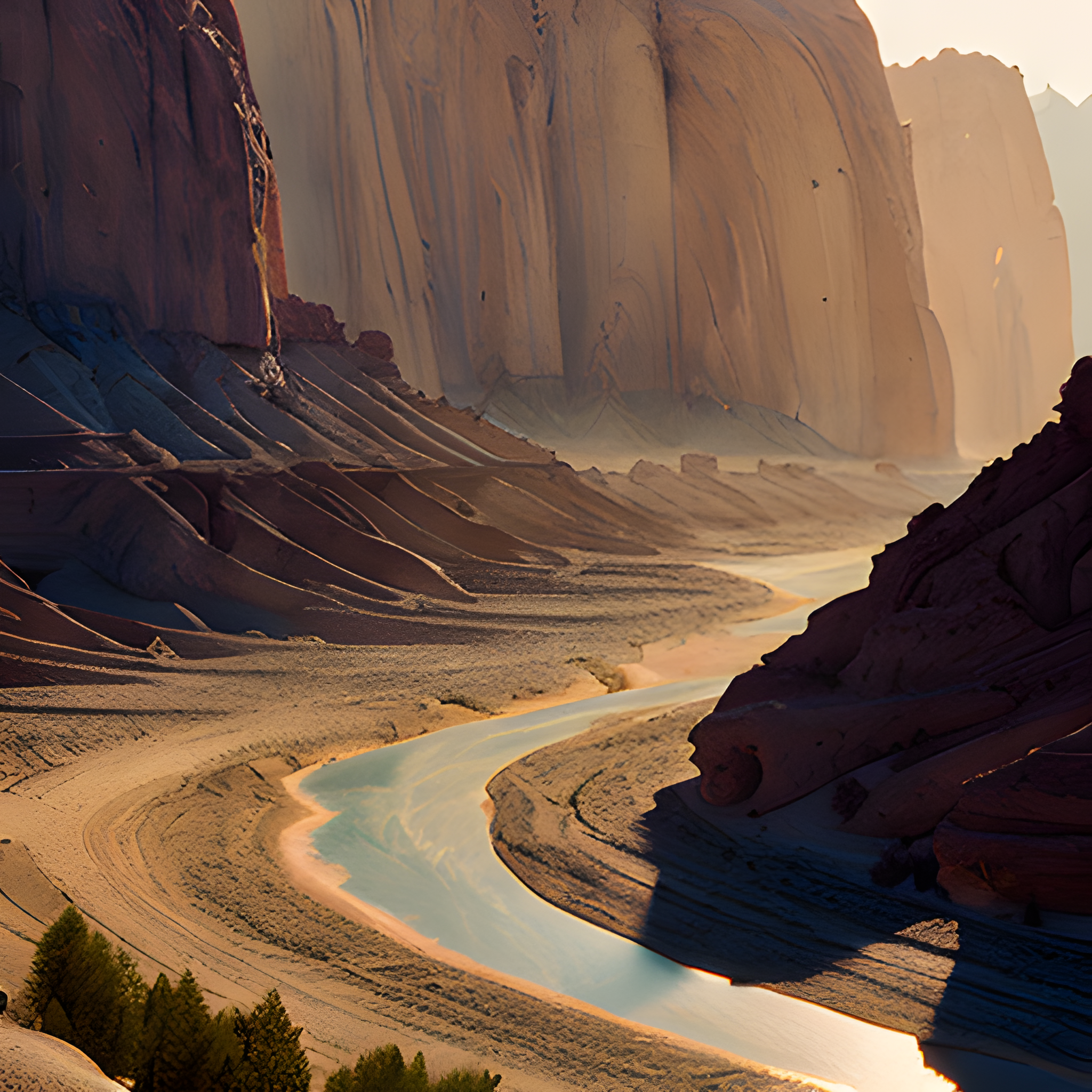 0.7
0.7Just as before, low strength values result in an image similar to the original, while high strength forces generation to allow more variation and matches the prompt better.
We hope our guide helped you better understand the strength parameter in Stable Diffusion and shed some light on how to use Image to Image mode.